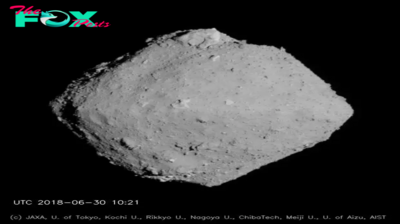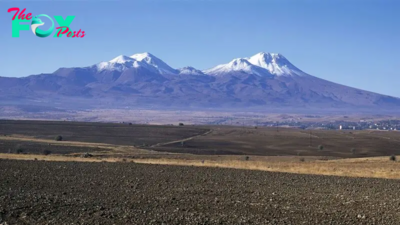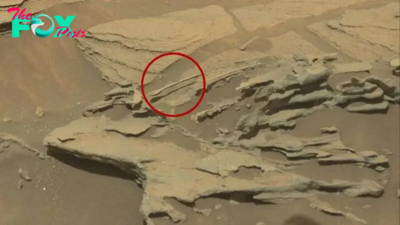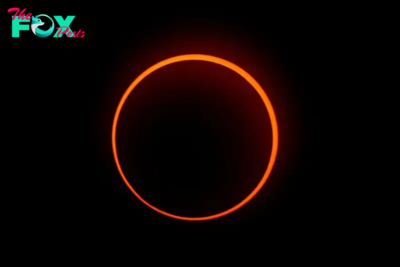Science
Solar storm slams Mars in eerie new NASA footage
The same gigantic sunspot that was responsible for triggering a historic geomagnetic storm on Earth in mid-May whipped up a legendary one for Mars a few days later.
On May 20, data from Europe's Solar Orbiter spacecraft showed that an estimated X12 solar flare — the strongest type on the flare classification scale — erupted from the sunspot AR3664 (which was renamed AR3697 on its second trip around the sun). A powerful coronal mass ejection (CME) followed, sending a huge cloud of superhot solar plasma toward Mars at millions of miles per hour.
The impacts from this solar event provided quite an Education for scientists watching everything unfold. Researchers with NASA's MAVEN orbiter, 2001 Mars Odyssey orbiter, and Curiosity Mars rover each played key roles in capturing data from the event that will help us better understand our neighboring planet and plan for future crewed visits to it.
"We really got the full range of space weather at Mars from May 11-20, from large flares, CMEs and an extreme solar energetic particle burst, and we've only begun to scratch the surface analyzing the data. The May 14th flare really did deliver as expected," Ed Thiemann, a heliophysicist at the Laboratory for Atmospheric and Space Physics (LASP) at the University of Colorado, Boulder, told Space.com in an email.
"The flare did significantly iNFLate and heat the Mars atmosphere as expected, and the resulting CME did indeed produce auroras," Thiemann added.
MAVEN (short for "Mars Atmosphere and Volatile Evolution") had a front-row seat for the spectacular showing of auroras over Mars. But the way that auroras are created in the Martian atmosphere is much different than what happens here on Earth.
RELATED: Earth's upper atmosphere could hold a missing piece of the universe, new study hints
-

 Science1w ago
Science1w agoA New Spacecraft Could Help Determine if There’s Life on a Moon of Jupiter
-

 Science1w ago
Science1w agoWe Can Thank Deep-Space Asteroids for Helping Start Life on Earth
-

 Science1w ago
Science1w agoStranded Astronauts Set to Come Home After SpaceX Capsule With Extra Seats Reaches ISS
-

 Science1w ago
Science1w ago'Every volcano has its own personality': Mystery Mount Adams earthquake surge under investigation
-

 Science1w ago
Science1w agoEarth's crust may be building mountains by dripping into the mantle
-

 Science1w ago
Science1w agoHow strong can hurricanes get?
-

 Science2w ago
Science2w ago32 things on Mars that look like they shouldn't be there
-

 Science2w ago
Science2w agoEverything You Need to Know About October’s ‘Ring of Fire’ Solar Eclipse



























